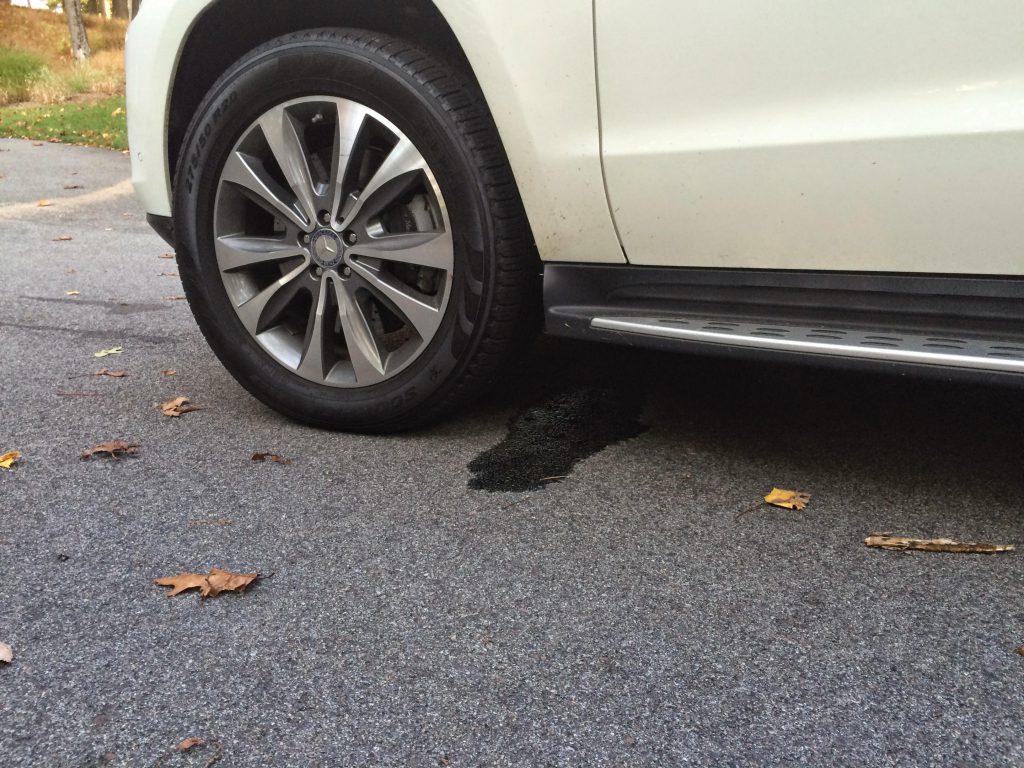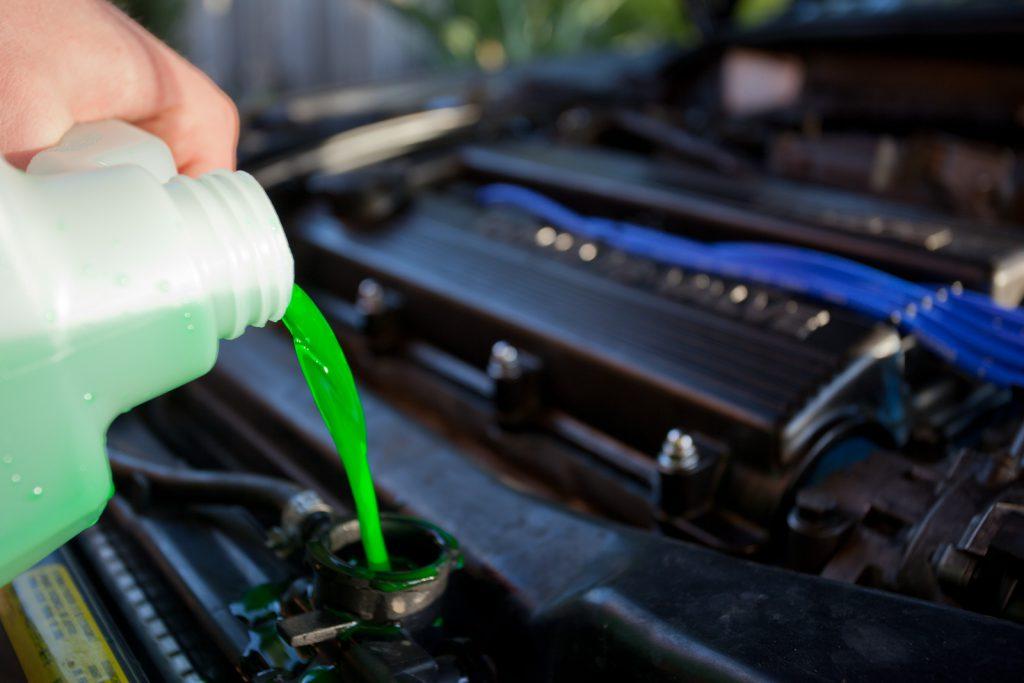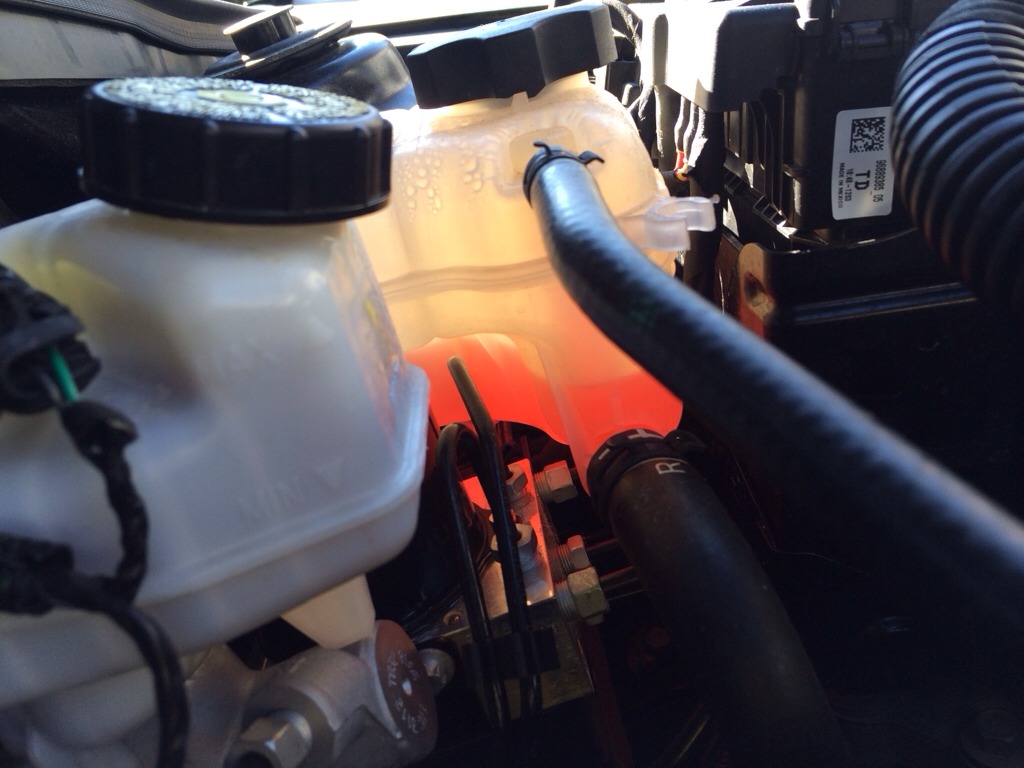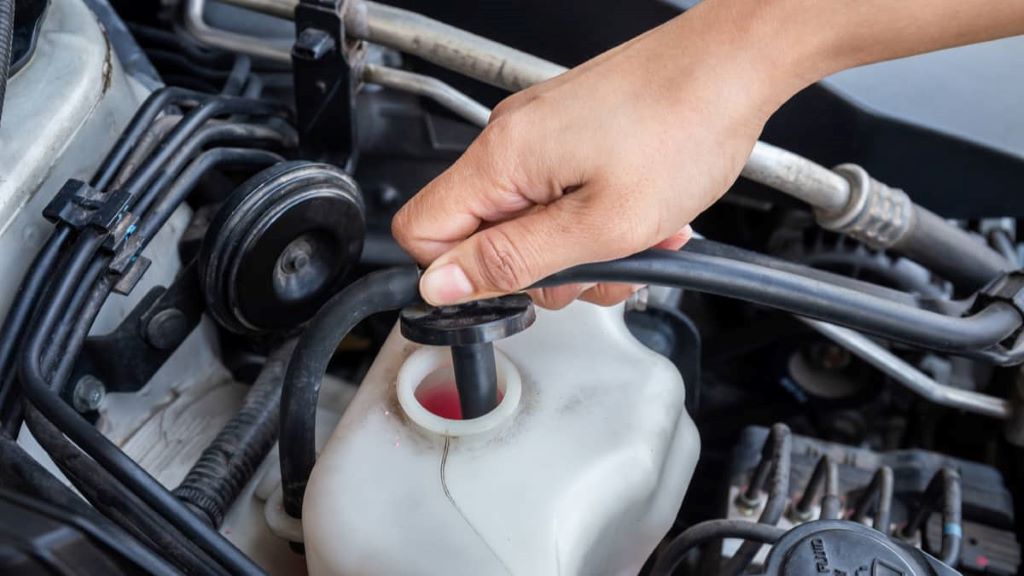The Potential Consequences Of Overfilled Coolant Reservoir Tank
Coolant is one such substance that helps prevent the heating of the engine. Present in antifreeze or aptly a coolant tank, the coolant needs to be filled to a specific level when you replace it over time. But there may sometimes be a case of an overfilled coolant reservoir. So what happens if you overfill coolant to the reservoir tank?
The Possible Outcome Of Overfilled Coolant Reservoir
It is known that the coolant reservoir tank usually has two marks. One of the marks denotes the coolant in the reservoir when it is hot, and the other indicates the coolant present when it is cold.
Generally, when there is overfilled coolant in a reservoir tank, it gets expelled out through the overflow hose.
In case the expelling does not take place, it could lead to potential damages. So what are the possible causes of overfilling coolant? Let’s find out now!
Pressure Build Up
When you overfill the coolant reservoir, there won’t be much space left for the heated coolant to expand. As a result of which, the pressure inside the reservoir would increase gradually.
When this happens, the cap of the tank will open, and the hot coolant will pop out like a puddle of lava. There may also be a case when the cap of the tank would be non-functional owing to its corrosion or tightening.
-

A bad overfilled coolant reservoir can harm the surrounding environment and cause serious pressure build-up. (Photo: MB World)
In this case, the overfilled coolant reservoir would pop out the built-up pressure through the freeze plug. You could also read through the maintenance tips to know the symptoms of bad radiator caps.
SEE MORE:
- Signs That Indicate Towards Low Coolant Levels
- What Does It Mean By Low Coolant Light Turning On And Off
Damage To The Stray Animals And The Environment
In most cases, when the coolant reservoir gets overfilled, the excess of it gets drained out through the overflow hose. It may not cause any issue to your car as such, but the expelled coolant on the floor could harm the environment and the animals alike.
The Electrical Damage
This is one of the worst scenarios that could result from over filling coolant in the reservoir tank.
The chances are rare, but the overflowing coolant may get into contact with the electrical wiring of the engine. When such a thing happens, electrical failure may occur.
Electrical damage would further lead to your car not starting, battery leakage, dimming of headlights while driving, or malfunctioning of the brake lights. If you experience any such symptoms, visiting a reputable mechanic would be helpful.
-

Stop overfilled coolant reservoir to avoid severe results with your car. (Photo: JB Tools)
Damaged Engine Wiring
Among the too much coolant in car symptoms, damaged engine wiring seems to be the most complicated circuit to solve since it is related to the inner system.
The coolant trouble within the reservoir may cause electrical harm to your vehicle. To keep these components away from hot locations, several automakers run hoses across the engine’s wire harness.
Excess pressure from overfilling might break or tear these fragile wires at their connectors.
Overheated Engine
When the engine overheats, the cooling fans activate in self-protection mode. If the vehicle is not intended to cool itself under those temperatures because of the overfilled coolant reservoir, substantial damage to other components can occur, and your engine will most likely need to be replaced.
Extreme pressure and temperature can cause gaskets or seals to break, allowing engine oil into the cooling system, contaminating the coolant, and causing a decrease in oil pressure.
What Causes The Radiator Coolant To Expand?
When you put liquid in a closed container and heat it up, the liquid expands. If you keep adding heat to the liquid, it will ultimately boil and turn into steam.
Because the fluid cannot be squeezed back into its original shape once it has boiled away, cooling systems that work at high pressures must employ the fluid with the greatest practicable boiling point.

This is generally ethylene glycol, which has a boiling point of 315°F (157°C). When your car’s coolant is cold, it is under tremendous pressure, therefore it does not boil until it is far higher than the typical boiling point.
When you start your automobile, the coolant temperature progressively rises, as does the pressure in the cooling system.
What To Do If You Overfill Your Coolant Reservoir?
If you accidentally deal with an overfilled coolant reservoir, you can try some ways to remove the excessive coolant.
Draining the coolant from the reservoir is an essential maintenance activity for a variety of reasons. I’ll explain how to remove all of that disgusting green antifreeze out of the reservoir.
- Place a bucket beneath the drain plug at the reservoir’s bottom.
- Press the brake pedal all the way up. Pump the clutch five times with your other hand. Air bubbles will be forced out of the fluid lines and the pump as a result of this.
- Unscrew the plug counterclockwise until it becomes tight, then loosen 1/4 turn more. The coolant level will start to fall.
FAQs On Overfilled Coolant Reservoir
-
How much coolant should be in the reservoir?
The coolant level should be between the F (full) and L (low) signs on the coolant reservoir’s side.”
-
Is it possible to store excess engine coolant fluid in a coolant reservoir tank?
You can store excess coolant in a coolant reservoir tank. The engine’s cooling system empties during regular operation, thus the stored coolant fluid is needed to replenish it out.

As a result, the engine does not overheat and owners do not have to regularly replenish the engine. It has a reservoir for radiator fluid that is pre-filled with coolant.
Coolant fluid travels throughout the system to keep the engine at its ideal operating temperature. As the cooling system empties, some of this fluid is ejected into the reservoir.
-
Will coolant leak if you overfill the reservoir?
Overfilled coolant reservoir is usually evacuated by an overflow pipe. If this occurs, you will most likely see a stream of coolant leaking beneath your vehicle.
Moreover, overfilling your antifreeze tank may cause electrical damage if the overflow comes into touch with engine wiring.
-
Is it safe to temporarily drive with too much coolant?
This increases the likelihood of the coolant overflow issues outlined above. While this is not a safety risk in and of itself, the three issues outlined above might occur.
For these reasons, unless there is an emergency, avoid driving your car until the coolant level has been rectified.
Check out this video from Auto Repair Guy to learn more about the most common reasons why the coolant is boiling in the coolant tank reservoir
-
How much does coolant reservoir replacement cost?
Although being warrantied by the manufacturer that it can live a long service life, your coolant reservoir may still need a thorough replacement after being damaged by unexpected issues.
A normal coolant reservoir repair costs between $150 and $350, although some makes and models might cost much more.
Labor expenditures are anticipated to be between $50 and $75, with parts costing between $100 and $400.
-
How long does it take to replace a coolant reservoir?
Whether your car’s engine overheats or you observe coolant fluid spilling from below it and onto the ground, take it to a respected and qualified repair to examine whether your coolant reservoir needs to be changed.
At the local auto shop, a mechanic will typically need about 1 hour to accomplish the repair process completely.
Wrapping Up
Looking at the damages that an overfilled coolant reservoir can result in, being cautious is all that is required.
Always be careful when filling in the antifreeze or the coolant reservoir and fill it to the marked levels. Such a step of yours can help save your car, your money, the environment, and the animals.














